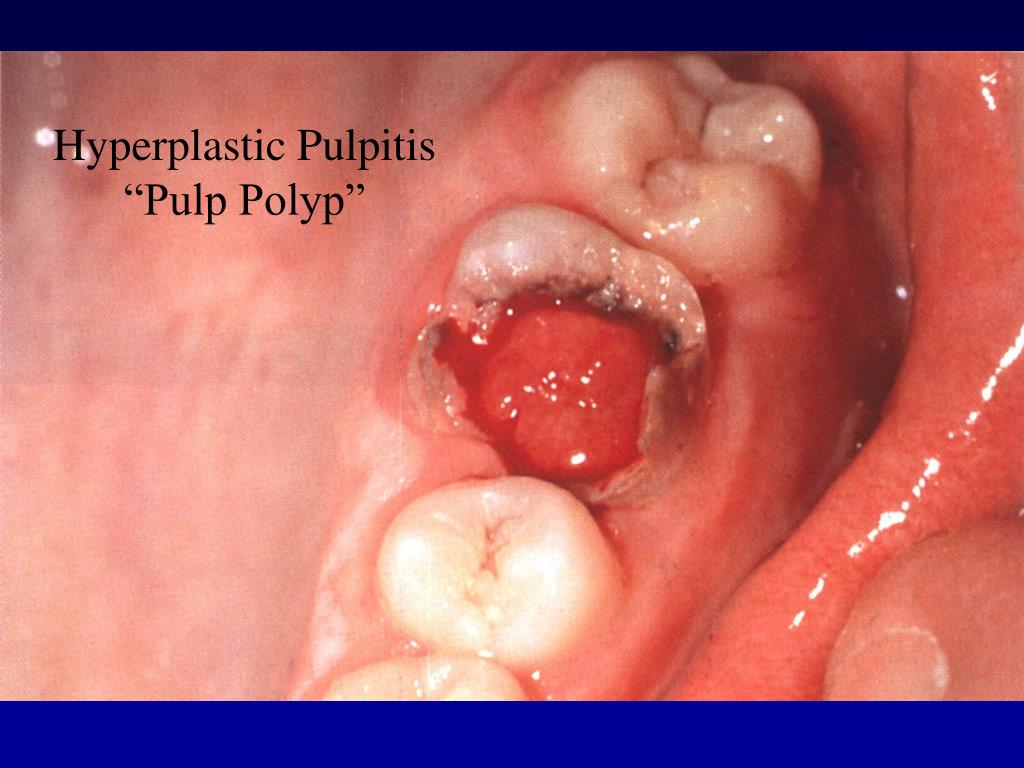
SHP bifurcation was located inferior to the aortic bifurcation in all cases however, it was observed cranial to the promontory in 80% of the cases, whereas 18% were caudally and 2% were over the promontory. Three types of SHP morphology were observed: mesh (64.8%), single nerve (24.4%), and fiber (10.8%). Distances between the SHP, major vascular structures, and other anatomical landmarks were measured. Between 02/2019 and 10/2019, macroscopic anatomical dissections were performed on 45 fresh adult cadavers (39 male, 6 female). The aim of this study was to define the detailed anatomy of SHP and identify its relationship with the vascular landmarks and ureters for pelvic autonomic nerve-preserving surgery.Ī cadaveric study on the detailed anatomy of the SHP was conducted in our surgical anatomy research unit.

Pelvic surgery carries an inherent risk of autonomic nerve injury leading to genitourinary and bowel dysfunction due to the close proximity of the superior hypogastric plexus (SHP). Treatment-related sequelae in CRC survivors are common and attention needs to be focused on identifying patients with unmet treatment needs and the development evidence-based treatment algorithms.

Recommendations are of a more general character and whereas management strategies provide more practical advice suited for initiation on site before referral to specialized units. Merging and grading of data resulted in 22 recommendations and 42 management strategies across categories. Symptoms have been divided into overall categories including psychosocial, bowel-related, urinary, sexual (male and female), pain/neuropathy, and fatigue symptoms or complaints that are examined individually. Secondarily, bibliographies were cross-referenced and 53 additional articles were included.

This yielded 13 guidelines and 886 abstracts of which 188 were included in the finalized guideline (231 included for full text review). In a national multidisciplinary setting, we have examined the extent of late treatment-related sequelae in colorectal cancer survivors and present the scientific evidence for management of these conditions in this patient category with the aim to facilitate identification and treatment.Ī systematic search for existing guidelines and relevant studies was performed across 16 and 4 databases, respectively, from inception to 2021. Colorectal cancer survivors are one of the most rapidly growing groups of patients living with and beyond cancer.


 0 kommentar(er)
0 kommentar(er)
